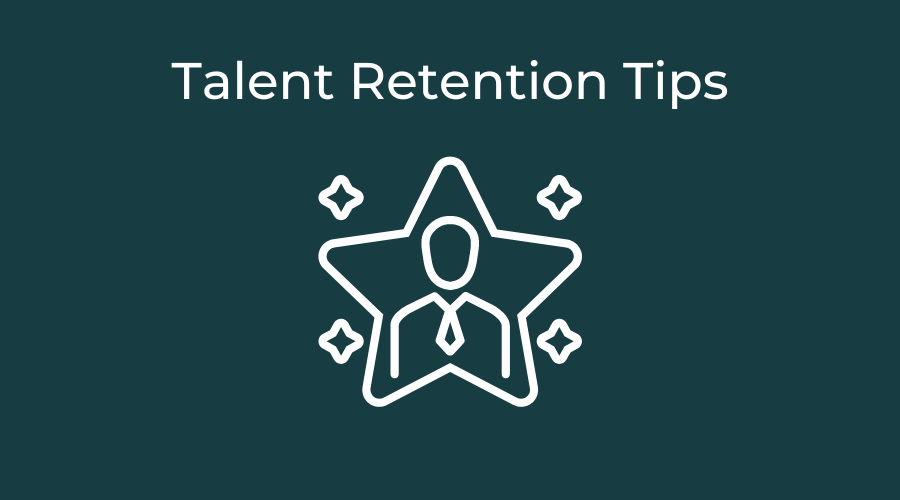
Talent Retention Tips
Talent retention is at the heart of the great reset happening in today’s workplace. According to recent results from a study by Pew Research Center over the last year;
Workers who changed jobs experienced a real increase of 9.7% or more over their pay a year earlier. Meanwhile, the median worker who remained in the same job experienced a loss of 1.7%.
Another survey by Gartner suggests the coming days may see an increase in turnover by up to 50-75%. What does this mean for employers facing a competitive job market? It means those who want to see top performers stay on for the long haul must focus on talent retention. How can human resource professionals form a successful talent retention strategy?
Show Them the Money
It is vital for HR professionals to understand how they bring value to their organization. Low talent retention is costly. High turnover ultimately leads to lost revenue as positions remain open due to it becoming increasingly difficult to attract talent. Pressure to fill open positions can cause hires to be made hastily that do not meet the desired standard of quality leading to low performance. Through well documented analytics hiring leaders should demonstrate to business decision makers the vitality of focusing on talent retention and the ultimate negative trickle-down effect of not doing so.
Identify Gaps in Satisfaction
In order to form a successful talent retention strategy, an analysis of where dissatisfaction stems from is a necessary first step. Identifying gaps in job satisfaction requires getting employees to be honest. Regularly scheduled anonymous employee surveys or conducting stay interviews are potential ways to identify dissatisfaction early on. Exit interviews often provide the most telling information about where gaps in satisfaction are occurring with current employees. It is not likely that exiting employees with complaints are unique in their perceptions. The key to making information gathered about employee dissatisfaction matter is what happens following the identification. If no change occurs, it was a moot point. Action should always follow identification.
Open Communication
Employees want to see transparency from their organization. Keeping an open line of communication with employees can go long way in making them feel a valued member of the company. This could come in many forms including conversations between managers and direct reports, updates from the CEO, or maintaining financial transparency. One important way to keep communication with employees open is to have talks with employees about career goals. Employees may have ambitions the employer has no idea about. Opening these conversations lead to the possibility for professional development and the potential for employees to see where their career trajectory leads.
Building Community
Employees want to work somewhere that not only gives a sense of purpose and a hope for professional growth, but, as all people seek, a feeling of belongingness. The occasional pizza party or hosting food trucks in the parking lot do not cut it anymore when it comes to impressing employees or building a positive culture. Creating socialization opportunities for not only tenured employees, but also new hires is important. Helping new hires learn the company through connection and being embedded into the company culture builds that feeling of belonging and purpose that keeps people at a job long term.
Evaluating Pay and Benefits
When employees can leave to a competitor for a 10% salary increase at minimum, it should be obvious that pay and benefits cannot be overlooked in a talent retention strategy. Evaluating average and top level benefits, even those that may seem non-traditional, can be what sets apart an organization. Benchmarking current pay grades helps keep track on where the market stands. It may take a compensation re-structure in order to maintain levels with current market trends. Being at least average, but preferably above average in pay and benefits could be considered one of the most important ways to retain talent.
Consider hiring a Employee Retention Specialist
With the long list of existing duties and the day -to-day responsibilities, focusing on specialized talent retention projects may not be in the bandwidth of current staff. A rising trend for employers is to hire a staff member dedicated to retaining staff. If hiring for such a role can be worked into the budget, the payoff could be exponential.
Employers face a difficult reality when it comes to retaining talent amidst a competitive market. It’s going to take a mindset shift for many organizations to make the changes necessary to keep top talent from leaving for the next best opportunity, but it can be done.
Stephanie Mauney is a freelance writer and content curator specializing in Human Resources


